USM - User Story Minicourse
Unlock the power of user stories to boost productivity, streamline development, and deliver real value to your users
Master User Stories for Successful Projects
Mastering user stories is essential for driving successful projects.
By ensuring clear communication, prioritizing user needs, and fostering collaboration across teams, user stories help streamline the development process and keep everyone aligned.
Our comprehensive minicourse is designed to give you these skills—whether you’re tech-savvy or not—so you can enhance productivity and deliver better outcomes.
Elevate your career for less than 17 cents a day.
This $59 User Story Minicourse equips you with essential skills for project success.
Fed Up with Project Delays and
Team Confusion Due to Poor User
Stories?
Dear Product Owner and Agile Enthusiast,
Do you find yourself constantly cleaning up the mess left by vague user stories in your Agile projects?
Is your team often confused, working on features that don’t align with project goals because the stories lack clarity?
Have you noticed that, no matter how hard you try, the user stories just don’t accurately capture customer needs, delaying your sprint outcomes?
It’s frustrating when you’re leading a dedicated team, ready to tackle challenges, but miscommunications due to poor user stories stand in the way.
That’s why you sought guidance and training online to master the art of crafting clear and effective user stories. But did you realize that most courses are either too general or take weeks to complete, making immediate implementation impossible?
And let’s not even get started on the exorbitant prices for in-person workshops that barely fit into your busy schedule. This leads to wasted time, lower team morale, and missed product deadlines.
But what if you could turn this challenge into an opportunity?
Imagine having the tools and knowledge to write, refine, and utilize user stories effectively, transforming your Agile projects into well-oiled machines.
Introducing the User Story Minicourse (USM)
In just 5 hours, you can learn how to craft clear and precise user stories that minimize misunderstandings and maximize productivity because you understand the importance of strong writing and communication skills in Agile environments. This course is designed for professionals who want to enhance their Agile skills and improve project efficiency.

What You Will Gain:
- Clarity and Precision: Learn how to write user stories that are clear, concise, and actionable, ensuring everyone on your team is on the same page.
- Enhanced Communication: Discover techniques to refine user stories that foster better communication and collaboration among team members.
- Immediate Implementation: Apply what you learn right away, seeing immediate improvements in your project workflow and team dynamics.
Your Hero Transformation Awaits
- FROM: Feeling frustrated and hindered by miscommunications in Agile projects.
- TO: A master of user stories, effortlessly aligning teams and driving project success.
I understand the challenges you face with unclear user stories and the impact they have on your project outcomes. This course offers essential strategies and techniques to help you master user stories quickly and effectively.
Course Curriculum
Section 1: Introduction to User Stories
Course Demo
Course Introduction
Dig Deeper into User Stories
User Story Basics
Introduction to EPICs
Writing User Stories Faster and Smarter with AI
How I Became Obsessed with User Stories and Why They Matter
QUIZ 1
Section 2: Crafting and Managing User Stories
Story Crafting Workshop Technique
Introduction to Story Maps
Adapting Story Workshops for Shorter Projects
Balancing Story Writing and Daily Tasks
Demonstrating Progress with Story Splitting
Add just enough details, just in time
Job Stories: A Deeper Dive
Technical Stories in Agile: A Deeper Dive
QUIZ 2
Section 3: Advanced User Story Techniques
Handling Technical User Stories
Addressing Infrastructure Work in User Stories
Incorporating Security into User Stories
How User Research Drives Effective User Stories?
Acceptance Criteria in User Stories
Technique for Splitting Stories
Splitting User Stories Effectively in Scrum
Understanding the Difference Between Product Road Mapping and Story Mapping
QUIZ 3
Section 4: Special Considerations
Story Mapping for Non-Software Teams
Story Mapping for Different Permissions or Users
Overcoming Language Barriers in User Story Writing
When Requirements Don’t Fit the User Story Format
Understanding the Level of Detail in User Stories for Local vs. Remote Developers
QUIZ 4
Section 5: Tips, Tricks, and Conclusion
Tips and Tricks
Next Steps
Conclusion
Final Assignement

Instructor
Hi, I’m Dejan Majkic, an experienced IT professional with over 70 certificates from renowned institutions like Scrum.org and SAFe. I have a Master’s in Computer Science and Information Technologies and have worked in various roles across private and public sector companies, including founding several startups.
With over 20 years of experience in IT and a decade in agile methodologies like Scrum, I’ve trained and coached thousands of students and professionals worldwide. I’ve worked as a Developer, Product Owner, Scrum Master, and Agile Coach.
I started whatisscrum.org to share my extensive knowledge and passion for agile principles. My goal is to help teams successfully adopt frameworks like Scrum to deliver higher-value products through coaching, training courses, and resources on this website.
I am passionate about empowering students and fostering academic success.
With a master’s degree in Computer Science and Information Technology, professional certifications as a Scrum Master and Product Owner, and my work experience, I bring a unique blend of technical expertise and pedagogical skills to the classroom.
As an online teacher and Certified Coach with years of experience, I am committed to creating dynamic learning environments where students thrive.
Bonus 1 - eBooks



BONUS 2 - Audio Program
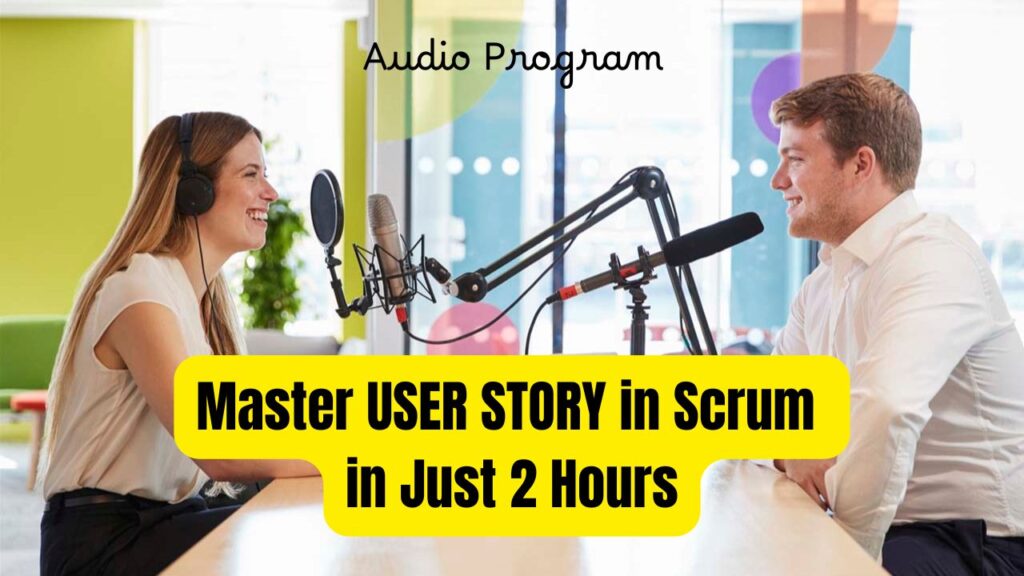
BONUS 3 - Templates in xlsx, docx, pdf...
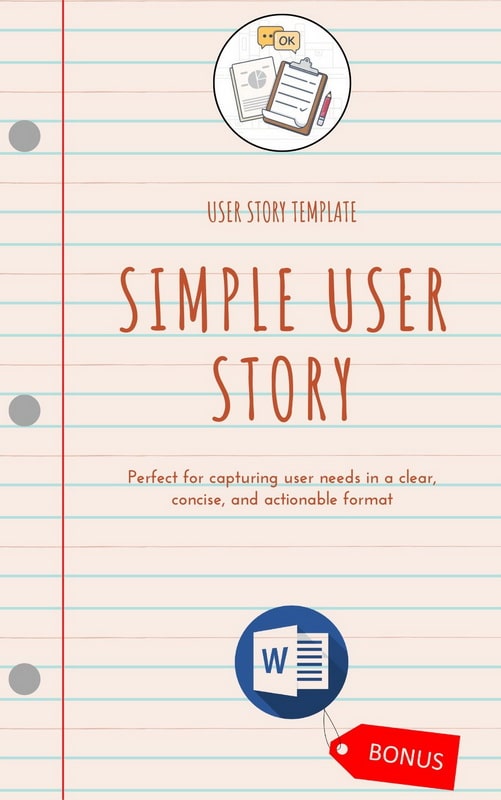

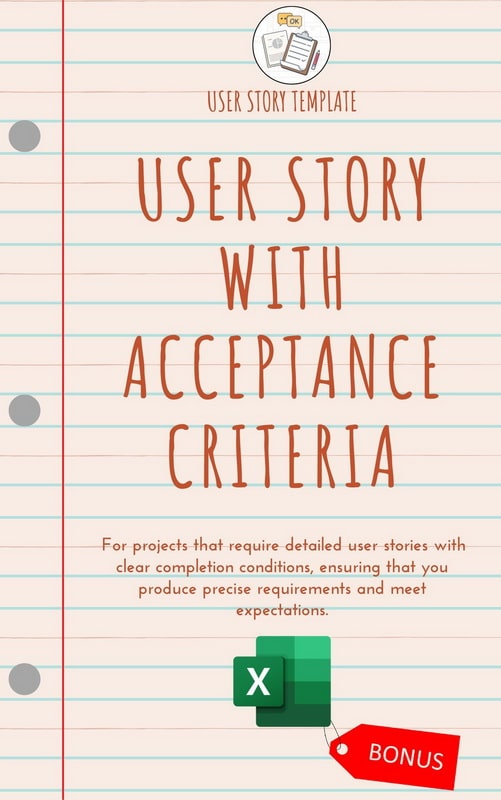
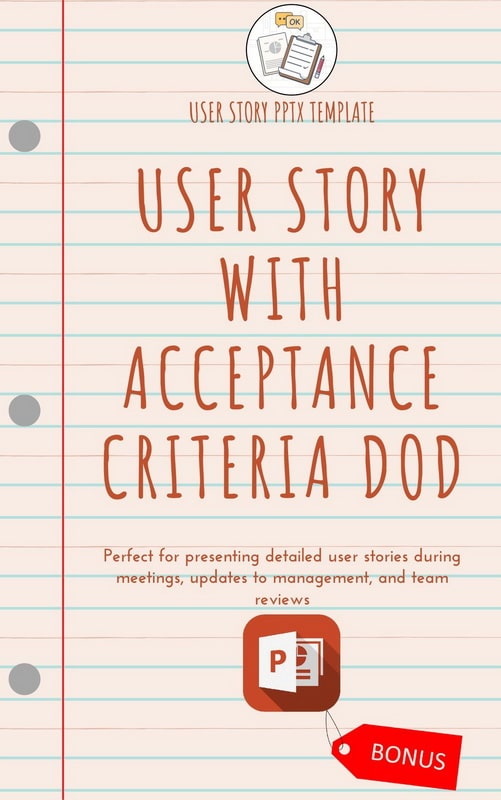


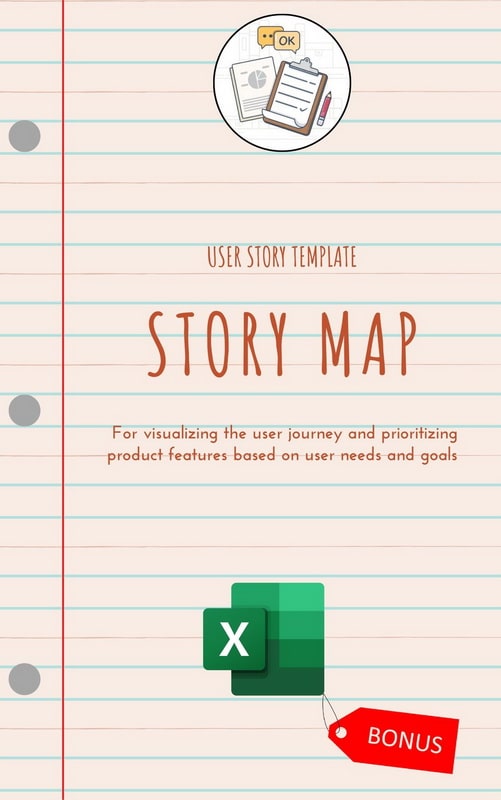
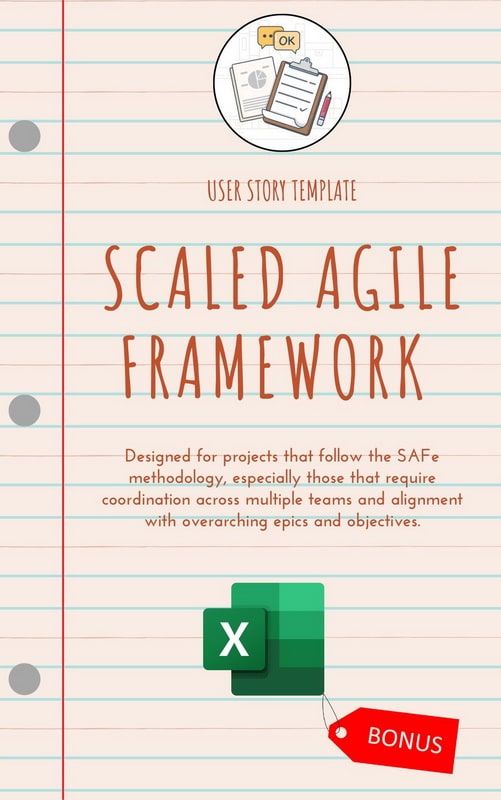

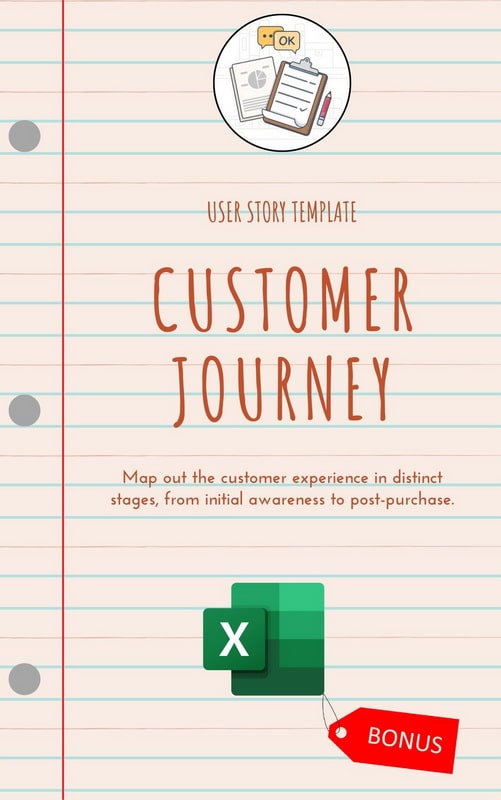






Take Action Today!
Transform your Agile projects with the power of effective user stories.
Don’t let confusion and delays hold you back any longer.
Your path to project success starts here!
Important notes:
Your information will be kept confidential and used only to notify you about the course.

FAQ
User stories are brief descriptions of a feature or requirement from the perspective of an end user. They typically follow the format: “As a [type of user], I want [some feature] so that [some benefit].” This format helps teams understand the value of the feature to the user and guides development efforts accordingly
To write a user story, use the standard format mentioned below. Ensure that the story is clear, concise, and focused on user needs. It should also be small enough to be completed within a single sprint. Incorporating the INVEST criteria (Independent, Negotiable, Valuable, Estimable, Small, and Testable) can enhance the quality of user stories.
“As a [persona], I [want to], [so that].”
Breaking this down:
- “As a [persona]“: Who are we building this for? We’re not just after a job title, we’re after the persona of the person. Max. Our team should have a shared understanding of who Max is. We’ve hopefully interviewed plenty of Max’s. We understand how that person works, how they think, and what they feel. We have empathy for Max.
- “Wants to”: Here we’re describing their intent — not the features they use. What is it they’re actually trying to achieve? This statement should be implementation-free — if you’re describing any part of the UI and not what the user goal is you’re missing the point.
- “So that”: how does their immediate desire to do something this fit into their bigger picture? What’s the overall benefit they’re trying to achieve? What is the big problem that needs solving?
User stories serve several purposes in Scrum:
- User Focus: They keep the team’s attention on user needs rather than just tasks.
- Collaboration: User stories encourage discussions among team members about how best to meet user needs.
- Incremental Development: They allow teams to break down large projects (epics) into manageable pieces that can be completed in iterations
An epic is a larger body of work that can be broken down into multiple user stories. While a user story represents a specific feature or requirement, an epic encompasses a broader goal that may require several iterations to complete.
User stories are typically written to be completed within a single sprint, whereas epics span multiple sprints
User stories can be written by anyone involved in the development process, including product owners, team members, and stakeholders.
However, they are often created during backlog refinement sessions, where the development team collaborates to define and clarify user needs.
Prioritization of user stories is typically based on their value to the user and the business.
Techniques such as MoSCoW (Must have, Should have, Could have, Won’t have) or the Kano model can help teams decide which stories to tackle first.
Regular backlog grooming sessions are essential for maintaining an updated priority list.
The benefits of using user stories include:
- Enhanced Communication: They facilitate discussions between team members and stakeholders.
- Improved Focus: They help teams concentrate on delivering value to users.
- Flexibility: User stories can be easily adjusted based on feedback and changing requirements.
- Better Estimation: They aid in estimating the effort required for development, leading to more accurate planning
User story mapping is a technique used to visualize the user’s journey and prioritize user stories based on their importance and sequence. This method helps teams understand the context of each story within the larger project, ensuring that development aligns with user needs and business goals.
The best way to master user stories is through the User Story Minicourse (USM). This focused online course is designed for Product Owners, Scrum Masters, and Developers, providing essential strategies and practical techniques for writing, refining, and effectively using user stories.
By participating in USM, you will gain insights into what makes user stories valuable and learn how to craft them in a way that enhances collaboration and project success.
| ABOUT | PPoC | BLOG | AFFILIATES | ©2024. Dejan Majkic. All Rights Reserved